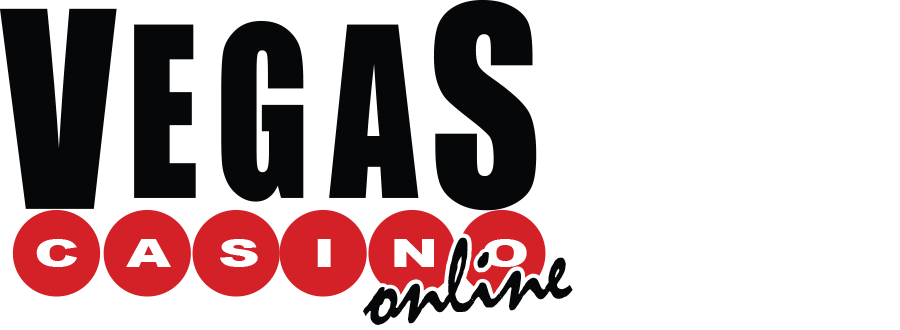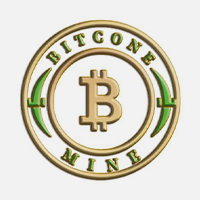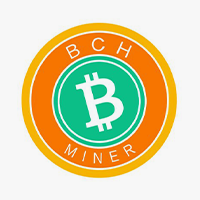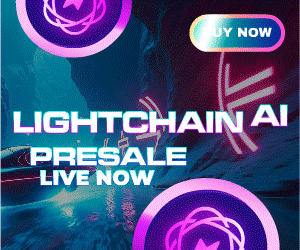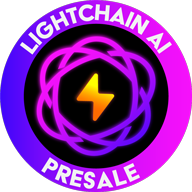Web3 wallets must evolve from just asset storage applications to meet the increasing demands of cryptocurrency users.
As Web3 adoption accelerates, crypto wallets are evolving beyond simple asset storage. By 2025, the ideal Web3 wallet must provide seamless blockchain interoperability, robust security and advanced decentralized finance (DeFi) functionality to meet users’ growing demands.
Whether managing multi-chain assets, staking tokens or interacting with decentralized applications (dApps), users need a versatile, future-proof wallet to navigate the decentralized economy efficiently.
Here are five essential features that every Web3 wallet should have by 2025:
1. Multi-Chain Support for Seamless Asset Management
The days of single-chain wallets are over. As the crypto landscape expands, users expect wallets to support multiple blockchains and enable cross-chain interactions. By 2025, a Web3 wallet should integrate Bitcoin, Ethereum, Solana, BNB Smart Chain and emerging layer-2 solutions, allowing users to manage all their assets in one unified interface. Cross-chain swaps are also crucial, enabling users to seamlessly trade assets without relying on centralized exchanges.
For example, a user holding BNB on BNB Smart Chain should be able to instantly swap it for ETH on Ethereum without needing third parties or leaving the wallet.

Trust Wallet is a true multi-chain Web3 hub that supports over 100 blockchains, including Bitcoin, Ethereum, Solana and BNB Smart Chain. Users can swap assets across over 15 blockchains directly within the app, eliminating the hassle of external exchanges.
2. Integrated Fiat On-Ramps and Cash-Out Options
For crypto to reach mass adoption, wallets must simplify the process of buying and selling digital assets. A next-generation Web3 wallet should include fiat-to-crypto on-ramps for easy purchases and cash-out options that let users switch between traditional and DeFi without unnecessary complexity.
New users expect a smooth experience when buying crypto, whether through Apple Pay, Google Pay or a credit card. A wallet that eliminates the need for external exchanges provides a far superior user experience.

Trust Wallet provides direct fiat purchases, allowing users to buy BNB, Bitcoin, Ethereum and other major assets without leaving the app. This streamlined onboarding process makes it easier for beginners and experienced users to effortlessly transition between fiat and crypto.
3. Built-In Staking and Passive Income Opportunities
Earning passive income through staking is now a core expectation for crypto users. A modern Web3 wallet should provide native staking functionality, allowing users to earn rewards without moving assets to external platforms. Beyond staking, wallets should offer additional earning opportunities, such as launchpools, yield farming and interactive quests that maximize returns.
Users who stake assets expect to track their earnings in real-time, with low minimum requirements and no need for separate software.

Trust Wallet enables BNB staking and supports decentralized launchpools and Quests, where users earn rewards by engaging with blockchain apps. Additionally, Ethereum staking is more accessible through ETH Pooled Staking, which allows users to stake ETH without high minimum deposit requirements — a significant improvement over traditional Ethereum staking.
4. Native dApp Integration and Web3 Browser
Web3 is no longer limited to finance — non-fungible tokens (NFTs), blockchain gaming and decentralized social platforms are becoming mainstream. A modern Web3 wallet should offer built-in dApp support and an integrated Web3 browser, allowing users to interact with DeFi platforms, NFT marketplaces and blockchain-based apps without third-party extensions.
For instance, a user staking on PancakeSwap should be able to track rewards and manage liquidity directly within their wallet — without needing additional software or browser extensions.

Among wallets that integrate dApps natively, Trust Wallet stands out by providing seamless access to DeFi, NFT marketplaces and Web3 apps. Users can connect to dApps directly within the wallet, creating a frictionless and secure experience.
5. Enhanced Security and Privacy Protections
As DeFi and NFT adoption grows, so do security threats, such as phishing attacks, wallet breaches and malicious dApps. To safeguard user funds, the best Web3 wallets in 2025 must include multi-layer encryption, biometric authentication and decentralized key storage.
Web3 wallets are integrating smart contract-based innovations to enhance security and flexibility further. One of the most notable advancements is Account Abstraction (AA), which enables wallets to function as smart contracts. AA allows for automated transactions, flexible security policies and gas fee optimizations.

In 2024, Trust Wallet became the first major Web3 wallet to receive ISO certification, demonstrating its commitment to industry-leading security standards. The platform also introduced the SWIFT smart contract wallet, simplifying blockchain transactions while preserving user control and privacy. Users benefit from multiple backup options, including cloud backup, Face ID and fingerprint authentication, ensuring secure wallet recovery.
The Future of Web3 Wallets is Here
By 2025, Web3 wallets must go beyond simple asset storage. To meet the demands of a decentralized digital economy, they need to provide multi-chain support, seamless staking, fiat integration, top-tier security, and direct dApp access. Trust Wallet has already established itself as a leader in these areas, empowering over 190 million users with an all-in-one Web3 hub for secure asset management, staking, swaps and dApp exploration.
















